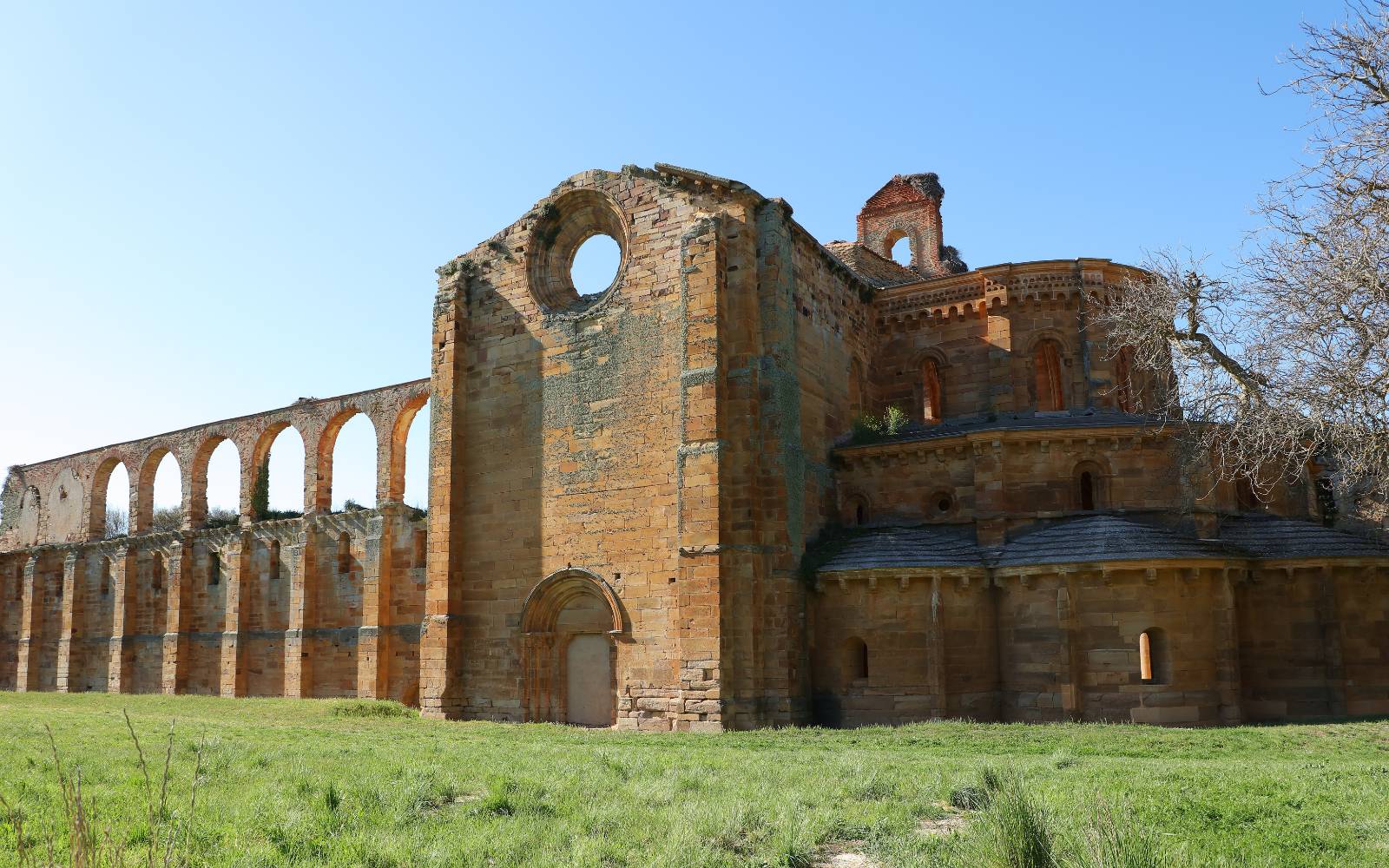Puebla de Sanabria
‹ Back to the stage
Puebla de Sanabria
- Residents: 1.484 aprox.
- Province: Zamora
Information
Get to know Puebla de Sanabria
The town of Puebla de Sanabria belongs to the region of Sanabria, in the province of Zamora. In a strategic location, since it is located between the border with Galicia and the border with Portugal.
From this town it is worth noting the high level of conservation of the heritage it has and the natural park of Lake Sanabria, thanks to this the whole town was declared of cultural and artistic interest.
Location
How to get there
The main way to reach the municipality of Puebla de Sanabria is by the A-52 highway that connects O Porriño (Pontevedra) with Benavente, and at its end links with the A-6 towards Madrid or A Coruña. Another option is by the National N-525 or the regional roads ZA-104, ZA-921 or ZA-925.
It is also possible to arrive by public transport thanks to the existence of regular bus lines that connect the village with Benavente, Zamora, Madrid, Ourense, Pontevedra, Vigo, Bilbao, Irún, Barcelona, Salamanca, Algeciras, A Coruña, Santiago de Compostela and Bragança.
It is also possible to arrive by public transport thanks to the existence of there are regular bus lines that communicate the village with Benavente, Zamora, Madrid, Ourense, Pontevedra, Vigo, Bilbao, Irún, Barcelona, Salamanca, Algeciras, A Coruña, Santiago de Compostela and Bragança.
History / Culture
What to see
Parque Natural del Lago de Puebla de Sanabria
The Sanabria Lake Natural Park is a large natural area declared a Natural Site of National Interest that extends over 22,365 hectares and was created in 1978 with the aim of preserving the quaternary rocks, the water of the lake and the flora and fauna found there.

Iglesia de Nuestra Señora del Azogue
The Church of Nuestra Señora del Azogue was built in the 13th century in a Romanesque style but due to the various reforms to which it was subjected, it currently presents a mixture of different styles.
The Church of Nuestra Señora del Azogue was built in the 13th century in a Romanesque style but due to the various reforms to which it was subjected, it currently presents a mixture of different styles.

Ermita de San Cayetano
The Hermitage of San Cayetano of neoclassicist style was built in the eighteenth century, entirely of stone, in honor of the Resurrection of Christ. On its exterior it has few ornamental elements such as the two coats of arms, the front flanked by two pilasters and rosette of small proportions.

Convento de San Francisco
The Convent of San Francisco, located in the neighborhood of the same name, stands out for being a sober set and having a cloister facing north, thus being surrounded by a series of arches.
The Convent of San Francisco, located in the neighborhood of the same name, stands out for being a sober set and having a cloister facing north, thus being surrounded by a series of arches.
Originally the Franciscan friars resided here but today it houses the local school of arts and crafts for teachers’ center.
<pHOURS
Visits during hours of worship
FEE
Free admission

Conjunto Histórico de Puebla de Sanabria
The historical site of Puebla de Sanabria was declared a Historic-Artistic Site for its beauty and for being located in a key point, it is delimiting the border with Portugal and Galicia.

Castillo de los Condes de Benavente y Torre del Macho
The Castle of the Counts of Benavente and the Torre del Macho form a fortified complex located 960 meters above the height of the village with the intention of protecting and guarding it from future invaders.

Las Murallas
The Walls were originally built of masonry with lime and sand compounds that reach a width of one and a half meters with an oval shape. This came to extend and cover approximately 8 hectares in which today is located the town center.

Casa Consistorial
The Town Hall is located inside a grandiose building erected on the Plaza Mayor, which stands out for its fifteenth-century facade. This is completely built with granite from the area and is divided into two arcaded floors flanked by two large towers topped in a pyramidal shape. Both floors in which it is separated have large stone arches and covered with slates of the area.

Capilla de San Pedro
This curious temple is not usually visited by many pilgrims as it is located outside the tourist core of the village, but it is totally worth seeing.

Information of interest
Local police
112
Civil guard
980 620 028
Fire department
112
Civil protection
112
Town hall
980 620 002
Health center
980 620 919
Tourism office
980 620 734
C/ Muralla Mariquillo

We send you your itinerary
Enter your details and receive your travel itinerary by email
Recommended
Gastronomy
Recommended
Festivals and Pilgrimages
Local festivity
15 de agosto: Mercado medieva
Local festivity
Del 6 al 10 de Septiembre: Virgen de las Victorias
Local festivity
El primer fin de semana de febrero: Fiesta de la Virgen de las Candelas.
Sanabres Way
On foot
13 stages















